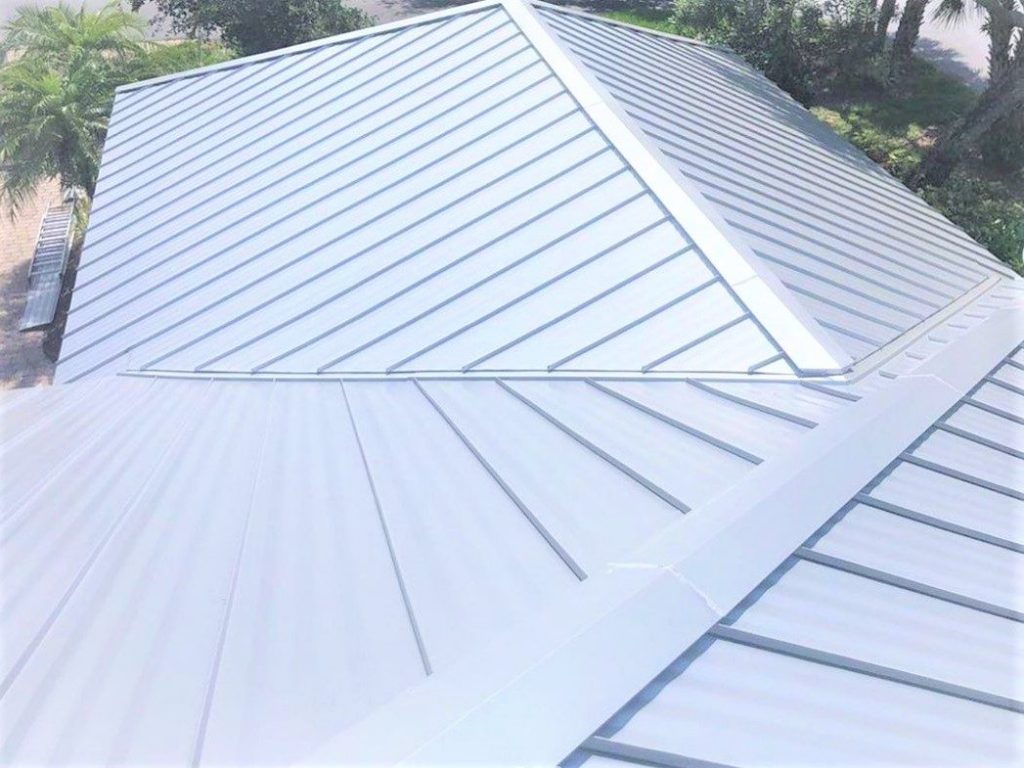Roofing is a critical element of architecture for a number of important causes:
Protection from the Elements: One of the first features of a roof is to provide shelter and safety from environmental parts corresponding to rain, snow, wind, and excessive temperatures. It prevents water from coming into the building, which may cause structural injury, mildew development, and other issues.
Structural Integrity: Roofs play a vital function in sustaining the structural integrity of a building. They distribute the load of the roof and any hundreds (e.g., snow) evenly to the walls and basis. A well-designed and correctly constructed roof ensures the steadiness and safety of the entire structure.
Aesthetics and Design: Roofs are a visible and prominent part of a building's exterior. Architects use roof design to enhance the general aesthetics of a structure. The shape, material, and magnificence of the roof can contribute to the architectural character and attraction of a constructing.

Environmental Considerations: Sustainable architecture places an emphasis on power effectivity and environmental accountability. Roofing materials and design can impression a constructing's vitality efficiency. For instance, cool roofs can mirror extra daylight and take up much less warmth, reducing cooling costs and urban heat island results.
Natural Lighting and Ventilation: Roof design can incorporate features like skylights, dormers, and roof vents to supply pure lighting and air flow inside a constructing. This can improve indoor consolation and reduce the need for synthetic lighting and mechanical air flow.
Historical and Cultural Significance: In some architectural styles, such as Gothic or Victorian, the roof can be a key component that reflects the historical and cultural context of a building. Roof particulars and shapes can inform a story concerning the era in which a structure was constructed.
https://roofrestorationcamden.com.au/aluminium-roofing/">Aluminium Roofing : Roof design can create extra usable space within a building, similar to attic rooms, rooftop gardens, or outside dwelling areas. Architects often contemplate tips on how to maximize area and performance when designing roofs.
Energy Efficiency: Energy-efficient roofing materials and design can contribute to a building's overall energy performance. Proper insulation and air flow might help regulate indoor temperatures and scale back heating and cooling prices.
Safety and Fire Resistance: Roofing materials are chosen with safety in thoughts. Some supplies, like fire-resistant roofing, can help prevent the unfold of fires in a building, providing useful time for occupants to evacuate.
In summary, roofing is a fundamental aspect of structure that mixes practical and aesthetic issues. It not only protects the inside of a building from the elements but also contributes to the general design, sustainability, and safety of a structure. Architects fastidiously consider roofing materials, shapes, and features to achieve their design targets while ensuring the comfort and well-being of constructing occupants..
